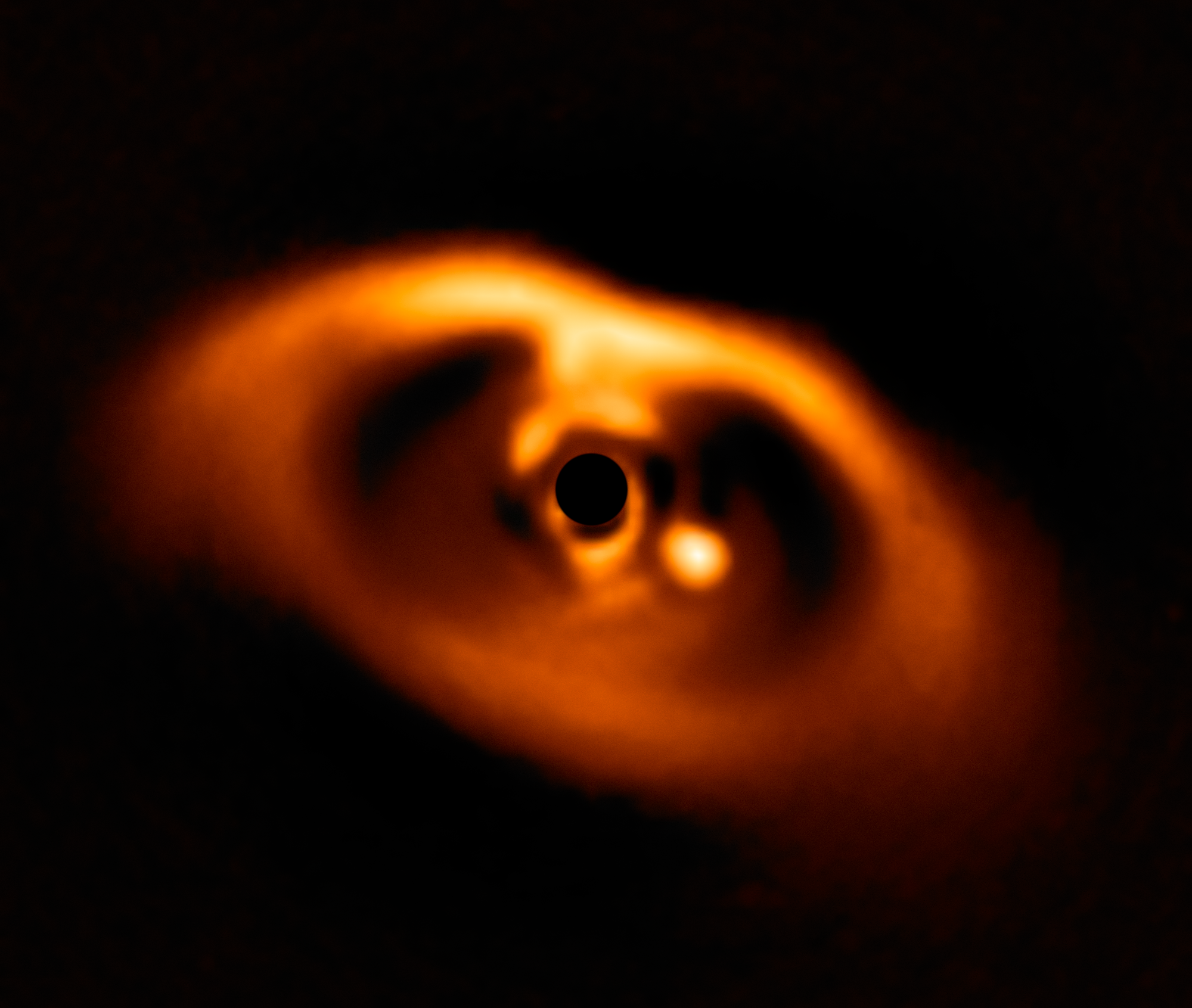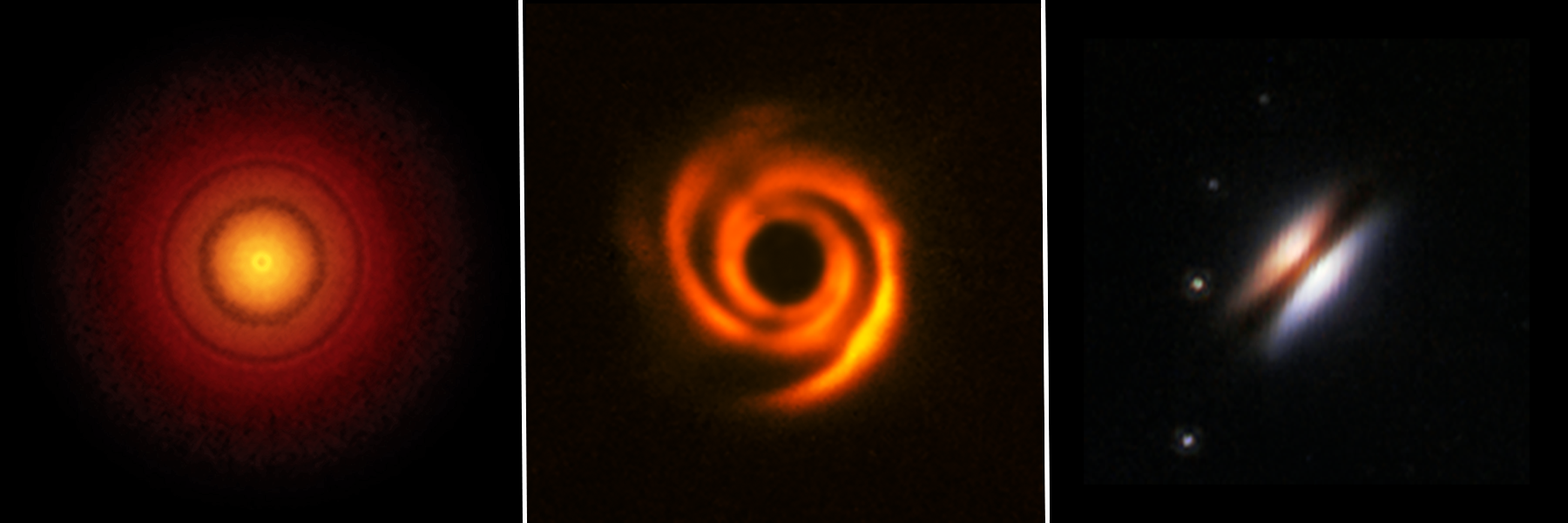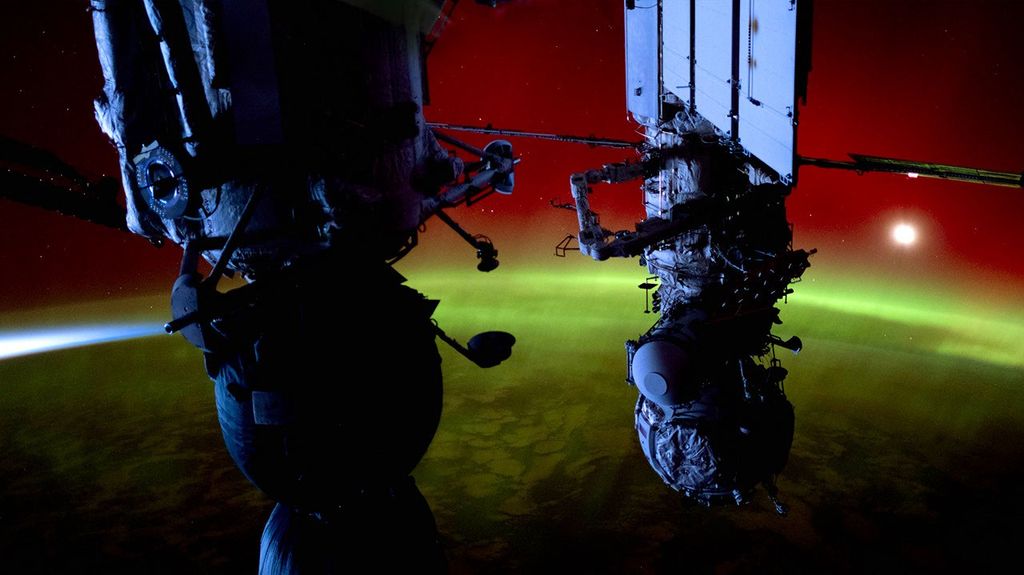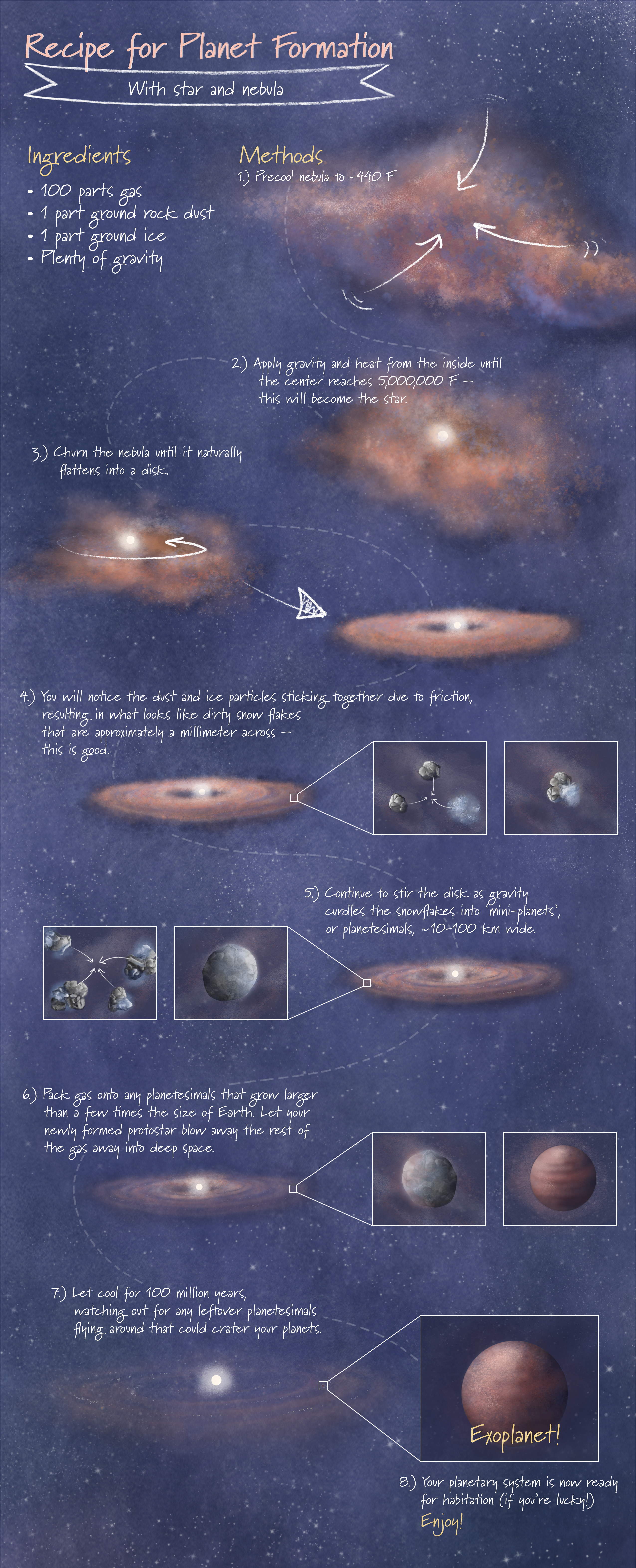1 min read
How Planets Form
Solar systems take millions of years to form. They start out as globs of gas and dust that orbit a central star, which itself may also be forming. Gravity and other forces cause material within the disk to collide. If the collision is gentle enough, the material fuses, growing like rolling snowballs. Over time, dust particles combine to form pebbles, which evolve into mile-sized rocks. As these forming planets orbit their star, they clear material from their path, leaving tracks of largely empty space. At the same time, the star gobbles up nearby gas and pushes more distant material farther away. Watch the video to see this process unfold.
- Release DateDecember 16, 2020
- Science ReleaseDetailing the Formation of Distant Solar Systems with NASA’s Webb Telescope
- CreditVideo: NASA-GSFC; Image: NASA, Caltech
Related Images & Videos

Protoplanetary Disk Around Dwarf Star PDS 70 (VLT)
PDS 70 is approximately 370 light-years away and features a large gap in its inner ring. The European Southern Observatory's Very Large Telescope provided the first clear image of a planet forming around the central star in 2018. The planet is a bright point to the right of the...

Protoplanetary Disks (ALMA, VLT, Hubble)
Still-forming solar systems, known as planet-forming disks, come in a variety of shapes and sizes — and some show that bodies like forming planets may be clearing paths as they orbit the central stars. A research team led by Thomas Henning of the Max Planck Institute for...
Share
Details
Last Updated
Aug 28, 2025
Contact
Media
Laura Betz
NASA’s Goddard Space Flight Center
Greenbelt, Maryland
laura.e.betz@nasa.gov
Video Credit
NASA-GSFC
Image Credit
NASA, Caltech
































